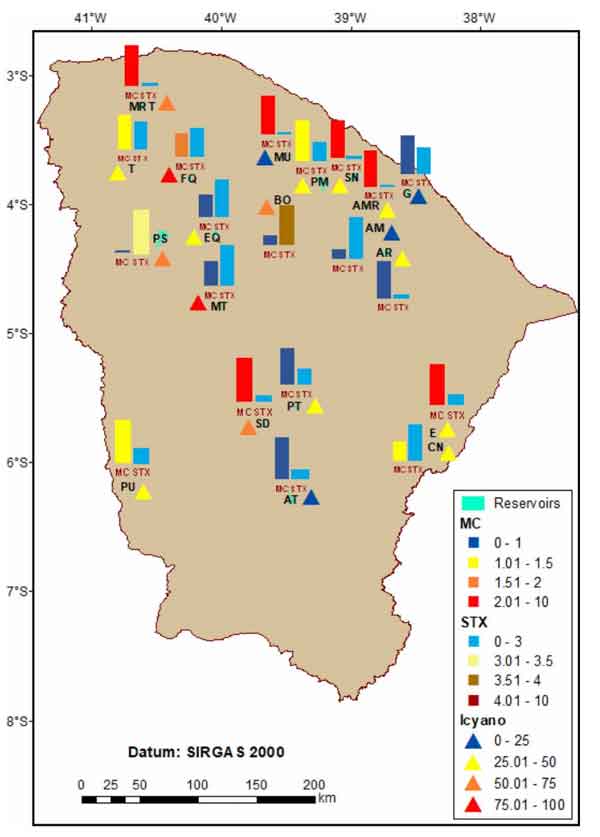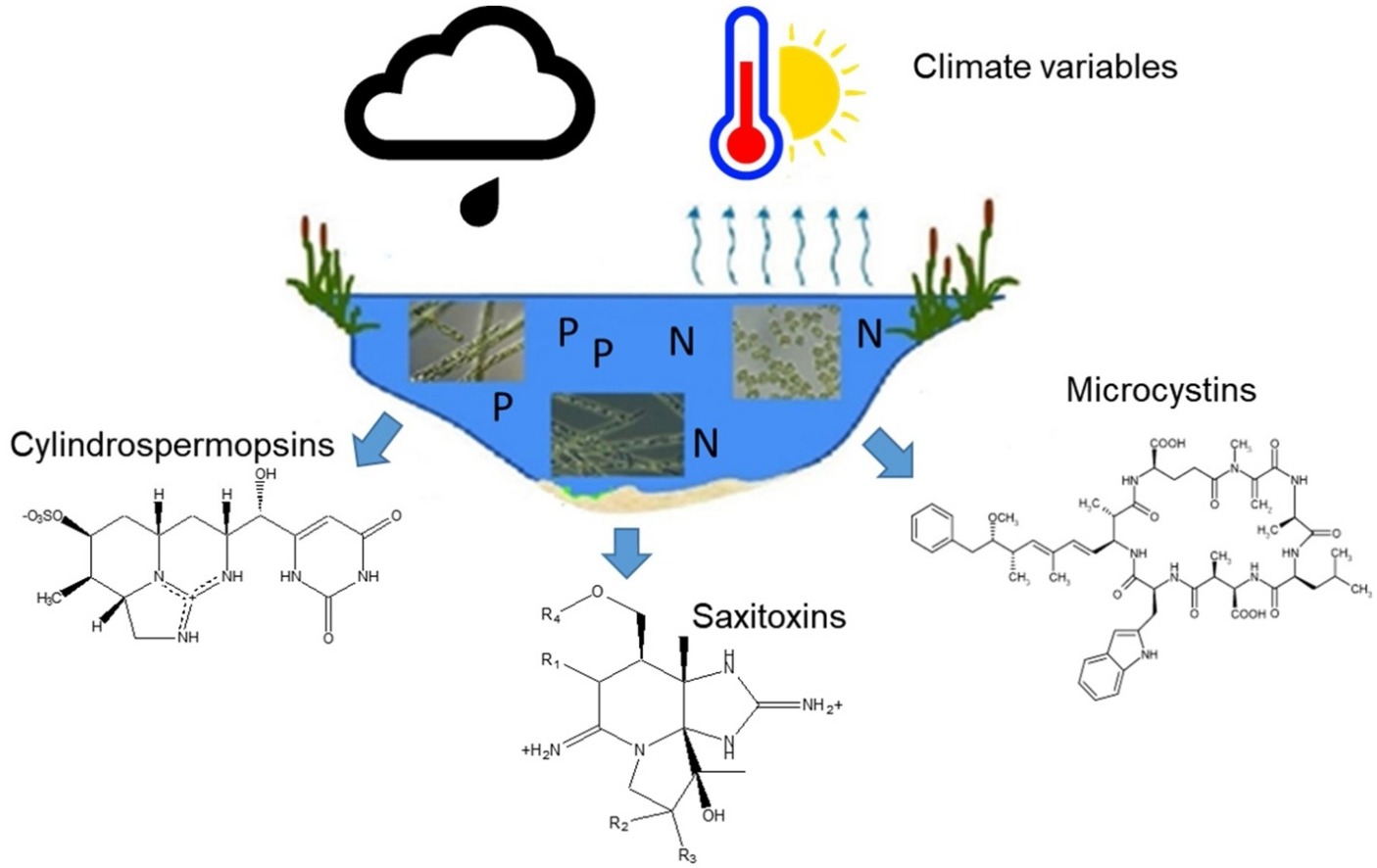Keyword: water treatment plants

Barros, M. U.G., J. I.R. Leitão, T. R.B.T. Aranha, S. Simsek, R. P. Buley, E. G. Fernandez-Figueroa, M. F. Gladfelter, A. E. Wilson, and J. Capelo-Neto. 2020. Icyano: A cyanobacterial bloom vulnerability index for drinking water treatment plants. Water Supply 20(8):3517-3530.
Abstract
Managing freshwater systems has become a challenge for global water utilities given that cyanobacterial blooms have been increasing in frequency and intensity. Consequently, a water quality index that uses conventional measurements to assess toxic cyanobacterial hazards and guide the selection of proper treatment technologies could benefit water resource managers about water quality parameters routinely analyzed in line with environmental changes. An index model, called Icyano, showed that chlorophyll-a, cyanobacterial concentration, and total nitrogen were most important for the index. All reservoirs classified as good by Icyano used direct filtration water treatment technology. Many of the medium Icyano-classified reservoirs used a pre-treatment unit followed by a direct filtration unit. Two reservoirs that were classified as bad or very bad have been utilizing pre-treatment þ direct filtration or a complete cycle technology, respectively. As the Icyano index increases, water treatment plants should switch from direct filtration to using a pre-treatment to improve finished water quality. Findings from this project suggest that the direct filtration technology initially used in water treatment plants is not capable of meeting the current water quality guidelines in reservoirs that contain adverse water quality conditions, mostly related to an increase in toxic cyanobacterial blooms. As such, based on our findings, we recommend prioritizing financial resources towards pre-treatment technology or changes to more advanced technologies when Icyano index values increase.

Barros, M. U. G., A. E. Wilson, J. I. R. Leitão, S. P. Pereira, R. P. Buley, E. G. Fernandez-Figueroa, and J. Capelo-Neto. 2019. Environmental factors associated with toxic cyanobacterial blooms across 20 drinking water reservoirs in a semi-arid region of Brazil. Harmful Algae 86:128-137.
Abstract
Cyanobacteria are known to produce a wide variety of bioactive, toxic secondary metabolites generally described as hepatotoxins, neurotoxins, cytotoxins, or dermatoxins. In Brazil, the regular monitoring of cyanobacterial toxins has intensified after the death of 65 patients in a hemodialysis clinic in Caruaru in the state of Pernambuco due to microcystin exposure. The primary objective of this study was to use multivariate statistics that incorporated environmental parameters (both biotic and abiotic) to forecast blooms of cyanobacteria and their toxic secondary metabolites in 20 drinking water reservoirs managed by the Water Treatment Company of Ceará (CAGECE) in the semi-arid region of Ceará, Brazil. Across four years (January 2013 to January 2017), 114 different phytoplankton taxa were identified, including 24 cyanobacterial taxa. In general, Ceará reservoirs were dominated by cyanobacteria due to eutrophication but also because of the dry and warm climate found throughout the region. Interestingly, specific cyanobacterial taxa were influenced by different biotic and abiotic factors. For example, nitrogen-to-phosphorus (N:P) and evaporation were positively related to saxitoxin-producing taxa, especially Raphidiopsis raciborskii, while temperature, electrical conductivity, total phosphorus, and transparency (measured as Secchi depth) were positively associated with microcystin-producing taxa, such as Microcystis aeruginosa. Climate forecasts predict higher evaporation and temperatures in the semi-arid Ceará region, which will likely magnify droughts and water scarcity as well as promote toxic cyanobacterial blooms in reservoirs in the future. Therefore, understanding the factors associated with algal blooms dominated by specific taxa is paramount for water resource management.